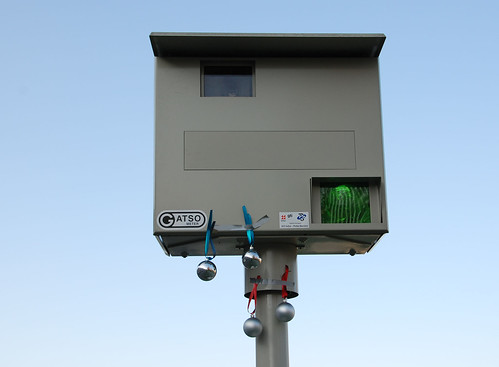
As I may have mentioned, I like biking. I have never been a bike racer, but over the past few years I have dabbled a bit in Tour de France watching. I know, I know, with all the doping scandals, it's been a bit off-putting, but it's a fascinating, hierarchical, political, team sport in a multi-stage event. I watched a few stages of the 2009 Tour on TV, and I too was rooting for Lance Armstrong and wondering what would happen with him on the same team as Alberto Contador.
What's that you say, dear [American] reader? You don't know/give a hoot about the Tour de France? Yeah, yeah, I know it's not real popular in the USA, but on the Continent it's a huge deal. In France more so, I assume, but even here in NL there's quite a buzz about it. In fact, there's an interesting tradition of holding post-Tour criteriums in small villages in Holland and Belgium featuring Tour winners and superstars. Most of the Dutch racers from the Tour participate, to bring home the spirit of the Tour, and the big names come also, to bring home the bacon. I hear that Contador and the brothers Schleck make 50,000-75,000 Euro for each of these events -- not bad for a couple of hours of riding around in circles in a small Dutch town. Did I mention that a criterium is just that? It's a bike race consisting of many laps around a short course, usually made up of city streets and therefore including sharp turns and fast straightaways. It looks like this:

By the way, Rochester, NY had a criterium for a few years, which expanded to a multi-day event and almost became a stage race tour of upstate NY, but alas, it was cancelled.
So I decided to check out one of these Wielersport (cycling) events. I had three local choices: Daags Na De Tour (Days after the Tour) in Boxmeer, Bavaria Profronde (Bavaria being the local beer, and main sponsor, profronde meaning something like "professional lap/round") in Stiphout,
 and Acht van Chaam (8 of Chaam) in Chaam. I went to the Bavaria Profronde, which was a 100km race on a 2km roughly-rectangular course (see below my attempt to embed a "live" Google map).
and Acht van Chaam (8 of Chaam) in Chaam. I went to the Bavaria Profronde, which was a 100km race on a 2km roughly-rectangular course (see below my attempt to embed a "live" Google map).I was quite impressed. These guys are super fast! Standing along the rail, when the peloton of 30+ riders goes by, you get the same wind you would get from a subway entering a station. By the way, the dude in yellow is Alberto Contador (1st place, 2009 Tour de France), the guy ahead of him in white is Andy Schleck (2nd place), and Andy's brother Frank is in the pack somewhere as well (5th place). Some of the best cyclists in the world, right in my backyard!

The guy below was a local favorite, Bram Tankink. He didn't ride in the Tour de France, but he's on Team Rabobank (big Dutch bank) and grew up near here somewhere. He was all smiles and handtekenings (autographs) before the race.

Finally, a parting shot of Contador (who indeed won the criterium) as the darkness grows. I happened to catch the flash of another photographer as I was panning, which was a lucky break.

I think I shot 300 photos that night and yielded maybe 6 decent ones. Fast bikes in low light = lots of blurry photos!





































